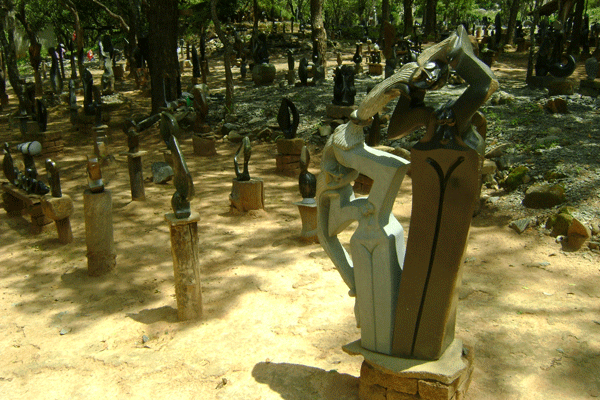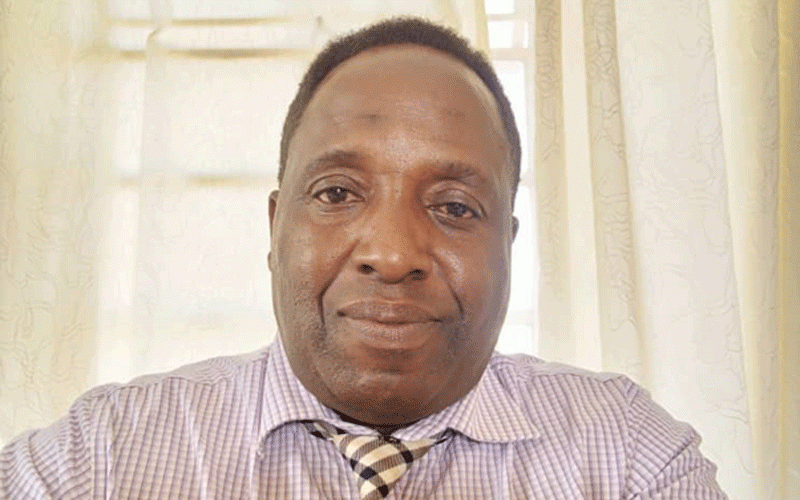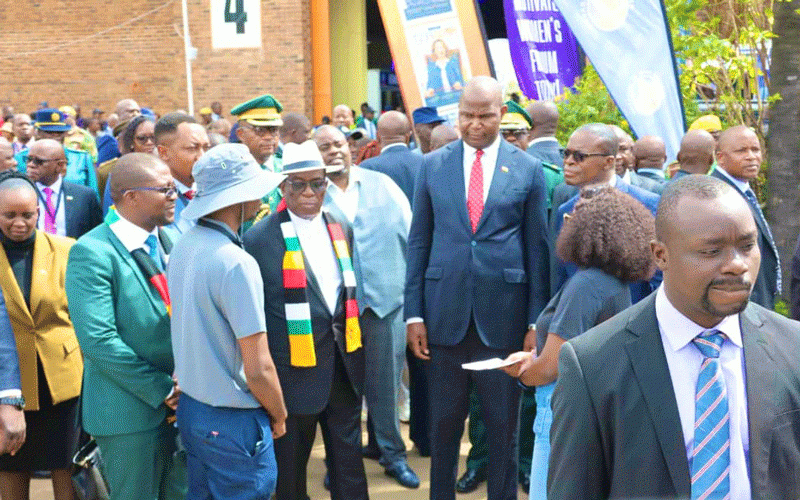
The year 1966 is of great significance in Zimbabwean history as it marked the beginning of the Second Chimurenga, a war which was aimed at dislodging a Rhodesian government led by Ian Smith.
By Kennedy Nyavaya recently in guruve

The war, which ended 13 years later, resulted in political freedom for the black majority, but the year 1966 means a lot more for the people of Tengenenge — a small community situated on the outskirts of Guruve Growth Point — 150km north of Harare.
Located at the foot of the Great Dyke, the art and craft community which majors in stone carving has to date transcended two generations of stone carvers and is in its third.
With an approximate population of 450 people off the 120 households, the artistic community boasts of hundreds of dollars in finished stone sculpture pieces, but the environs echo a different reality.
Artists’ stands are dotted next to the mud and grass-thatched huts where 120 resident artists reside with their families.
The status quo in the once world-acclaimed gallery signifies a ransacked mine which has been demoted from being a beacon for both arts enthusiasts and sculptors.
While the unique serpentine stone is still available in the vicinity as well as the creative minds, “The beginning of the beginning” (Tengenenge’s English translation) has lost sheen over the past decade.
- Chamisa under fire over US$120K donation
- Mavhunga puts DeMbare into Chibuku quarterfinals
- Pension funds bet on Cabora Bassa oilfields
- Councils defy govt fire tender directive
Keep Reading
“By the time I came here in 2004, those were like our best times and as an artist, you could rely on yourself because you could sell and earn enough to buy whatever you liked,” Tengenenge Arts and Craft village administrator Augustine Mbilinyu chronicled.
In pre-independence Zimbabwe rural communities were known for a certain predominant method of life sustenance and for this communal area, stone carving has been its main source of livelihood for half a century.
However, that has changed as they have turned to subsistence farming along with donations to support the meagre benefits they get from their traditional clients, including art collectors and diplomats.
“To be frank enough we are operating below say 80% as an institution, of which that means we rely mostly on donors to help us,” explained Mbilinyu.
The people of the community have played host to many tourists in the past and even have guest rooms on site for accommodation but how did they end up in this sad state?
“The first aspect is the political situation itself that we may say is coupled with the economic situation as well; when the political situation becomes tense like it is we face hard times,” he said.
“Our clients are mostly people coming from abroad, for instance Europe but because of politics we find that Americans advised their citizens against coming to Zimbabwe. Americans contributed to our market share so we are also affected.”
A handful of domestic tourists make their way to the remote area which barely has a telephone network yet the few that do visit hardly purchase the carved pieces.
Art dealers who buy for the sake of reselling are reported to be offering small amounts perhaps as a result of the biting economic times which force artists to sell at whatever cost.
The oldest sculptor in the community, Josiah Manzi reminisced about the good old days while attesting that he was facing the hardest times since the beginning of his career when the place’s founder Tom Blomefield was still around.
“Times have changed. Long back when tourists used to come, they would buy with the local currency and they used to buy with lots of money but now a medium-sized piece can go for as low as $25,” Manzi said.
“So even when we ask [the buyers] why their offers are low when in the past we could sell even up to $3 000, they tell us that the money that was used back then had lesser value, hence nothing has changed.”
Manzi has witnessed gradual change in how things work at Tengenenge which was once a communal effort but is now an individualistic sanctuary whereby one gains directly when the pieces at their stands are bought.
The award-winning artist’s grandson Taurai Rukodzi said they were feeling the pinch of the current cash crunch.
“We only have one account at the office and when someone buys through plastic money, it becomes a hustle to get the money because we have no direct access it. This creates a problem since all the money will be at one place,” said Rukodzi.
Rukodzi — whose father Edwin was also a sculptor before he suffered a stroke — is a third generation artist and he misses the days Blomefield was still around as he would facilitate foreign visits to Europe to market their works. He called on government and art stakeholders to revive the norm as well as marketing the place for it to regain its lost glory.
“We ask that they advertise to lure more tourists as well as doing promotions like the ones Blomefield would organise when he was here as he would choose about 10 artists per year to go and do programmes in the Netherlands for three months and the likes,” said Rukodzi.
Renowned for churning out world-acclaimed sculptors in Nicholas Mukomberanwa, Davison Chakawa, Fanizani Akuda, Bernard Matemera and Nimrod Phiri, among others, Tengenenge is now under the wings of acclaimed sculptor Dominic Benhura who is the director although he spends most of his time in Harare and only helps with payment of certain taxes, including the stone mining rights to the Mines ministry.
Given this backdrop, the Ministry of Tourism and Hospitality Industry has embarked on a programme aimed at reviving communities like Tengenenge.
Working in conjunction with the Japan International Co-operation Agency, the project is aimed at developing community-based tourism enterprises, with a target to alleviate poverty.
Having begun last year in June, only time will tell if the year-long initiative will indeed be enough impetus for communities like Tengenenge to get back to winning ways.










